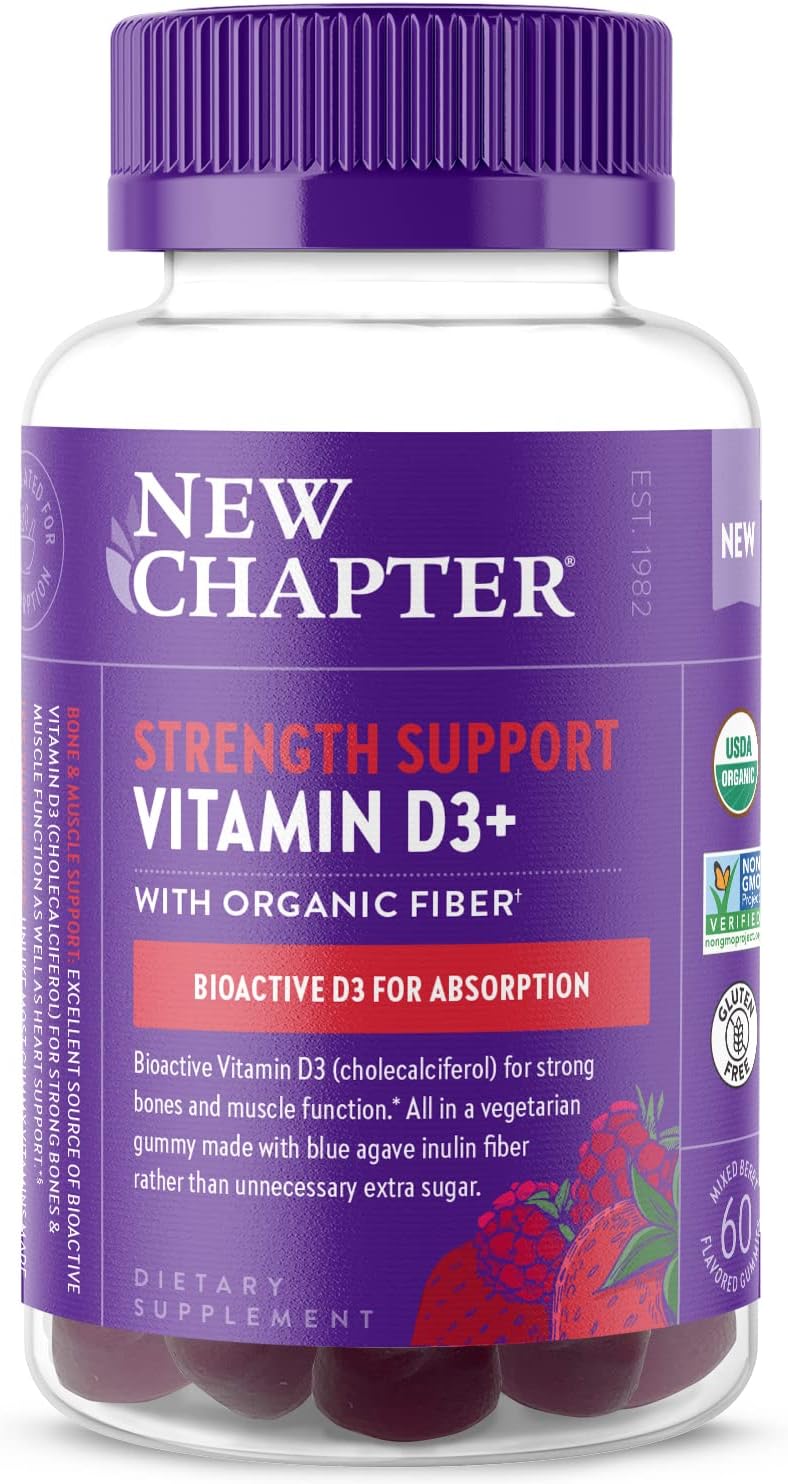







Price: $18.00
(as of Apr 06, 2025 21:47:20 UTC - Details)
The Best Way to Take Vitamin D: A Comprehensive Guide
Introduction
Vitamin D is often referred to as the "sunshine vitamin" because our bodies produce it when exposed to sunlight. However, with the increasing awareness of skin cancer and sun safety, many people find themselves deficient in this essential nutrient. So, what's the best way to take vitamin D? In this article, we will explore various methods, benefits, and tips for optimizing your vitamin D intake. Whether you prefer supplements, food sources, or sun exposure, we have you covered.
Understanding Vitamin D
What is Vitamin D?
Vitamin D is a fat-soluble vitamin that plays a crucial role in maintaining healthy bones and teeth, supporting immune function, and regulating insulin levels. It's also essential for brain health and may help prevent certain diseases.
Why is Vitamin D Important?
A deficiency in vitamin D can lead to a range of health issues, including weakened bones (osteoporosis), increased risk of chronic diseases, and impaired immune function. Understanding the importance of this vitamin can motivate you to incorporate it into your daily routine.
How to Get Vitamin D Naturally
1. Sun Exposure
One of the most effective ways to increase your vitamin D levels is through sun exposure. When your skin is exposed to sunlight, it synthesizes vitamin D. However, factors like skin type, geographic location, and time of year can affect how much vitamin D you can produce.
Tips for Safe Sun Exposure
- Aim for about 15-30 minutes of sunlight on your skin a few times a week.
- Expose large areas of skin for maximum absorption.
- Always use sunscreen if you plan to be in the sun for extended periods.
2. Vitamin D-Rich Foods
Incorporating vitamin D-rich foods into your diet is another effective way to boost your levels. Here are some foods that are high in vitamin D:
- Fatty fish (salmon, mackerel, sardines)
- Cod liver oil
- Fortified foods (milk, cereals, orange juice)
- Egg yolks
- Cheese
How to Include More Vitamin D in Your Diet
- Add fatty fish to your meals at least twice a week.
- Choose fortified dairy products and cereals when shopping.
- Incorporate egg yolks into your breakfast or baking.
The Role of Supplements
3. Vitamin D Supplements
For individuals who struggle to get enough vitamin D through sunlight or food, supplements can be an excellent option. Vitamin D supplements come in two forms: D2 (ergocalciferol) and D3 (cholecalciferol). D3 is generally preferred as it is more effective at raising blood levels of the vitamin.
Choosing the Right Supplement
- Look for high-quality brands with third-party testing.
- Check the dosage to ensure it meets your needs (typically 600-800 IU for adults).
- Consider liquid or gummy forms if you have difficulty swallowing pills.
4. Timing and Dosage
Understanding the best time to take vitamin D supplements can enhance their effectiveness. It's often recommended to take them with a meal that contains fat, as vitamin D is fat-soluble.
Effective Dosage Strategies
- Take your supplement with breakfast or lunch.
- Consider splitting the dosage if you take higher amounts (e.g., 2000 IU in the morning and evening).
- Consult a healthcare professional for personalized advice.
Assessing Your Vitamin D Levels
5. Testing for Deficiency
If you're unsure about your vitamin D levels, consider getting a blood test. This can help you determine if you need to make changes to your sun exposure, diet, or supplementation.
When to Get Tested
- If you experience symptoms like fatigue, bone pain, or frequent infections.
- If you have risk factors for deficiency, such as living in a low-sunlight area or having darker skin.
6. Adjusting Your Intake
Once you have your test results, you can adjust your vitamin D intake accordingly. If you're deficient, you may need to increase both your dietary sources and supplements.
Tailoring Your Vitamin D Plan
- Increase sun exposure gradually.
- Add more vitamin D-rich foods to your meals.
- Discuss appropriate supplementation with your healthcare provider.
Conclusion
In summary, the best way to take vitamin D involves a combination of sun exposure, dietary sources, and, if necessary, supplements. By understanding your individual needs and making informed choices, you can maintain optimal vitamin D levels for overall health. Remember, whether you choose to soak up the sun, enjoy vitamin D-rich foods, or take supplements, consistency is key. Prioritize your vitamin D intake and enjoy the benefits of this essential nutrient!
ONE DAILY & 100% DELICIOUS: Organic Vitamin D gummies are packed with 125% Daily Value of Vit D3 (1000 IU per gummy)
72% LESS SUGAR: Sweetened with organic blue agave fiber instead of unnecessary extra sugar §--no stevia or artificial sweeteners. Less than 1 g sugar per serving!
STRENGTH SUPPORT: Excellent source of Vitamin D3 (cholecalciferol) for strong bones & muscle function as well as heart and immune support*++
FORMULATED FOR ABSORPTION: Build your best supplement regimen with bioactive D3 that your body can recognize and that aids in calcium absorption*
Mixed Berry Flavored, USDA Organic, Non-GMO Project Verified, 100% Vegetarian, Gluten Free, No Synthetic Fillers, No Animal Gelatin, Free from 8 Major Food Allergens
